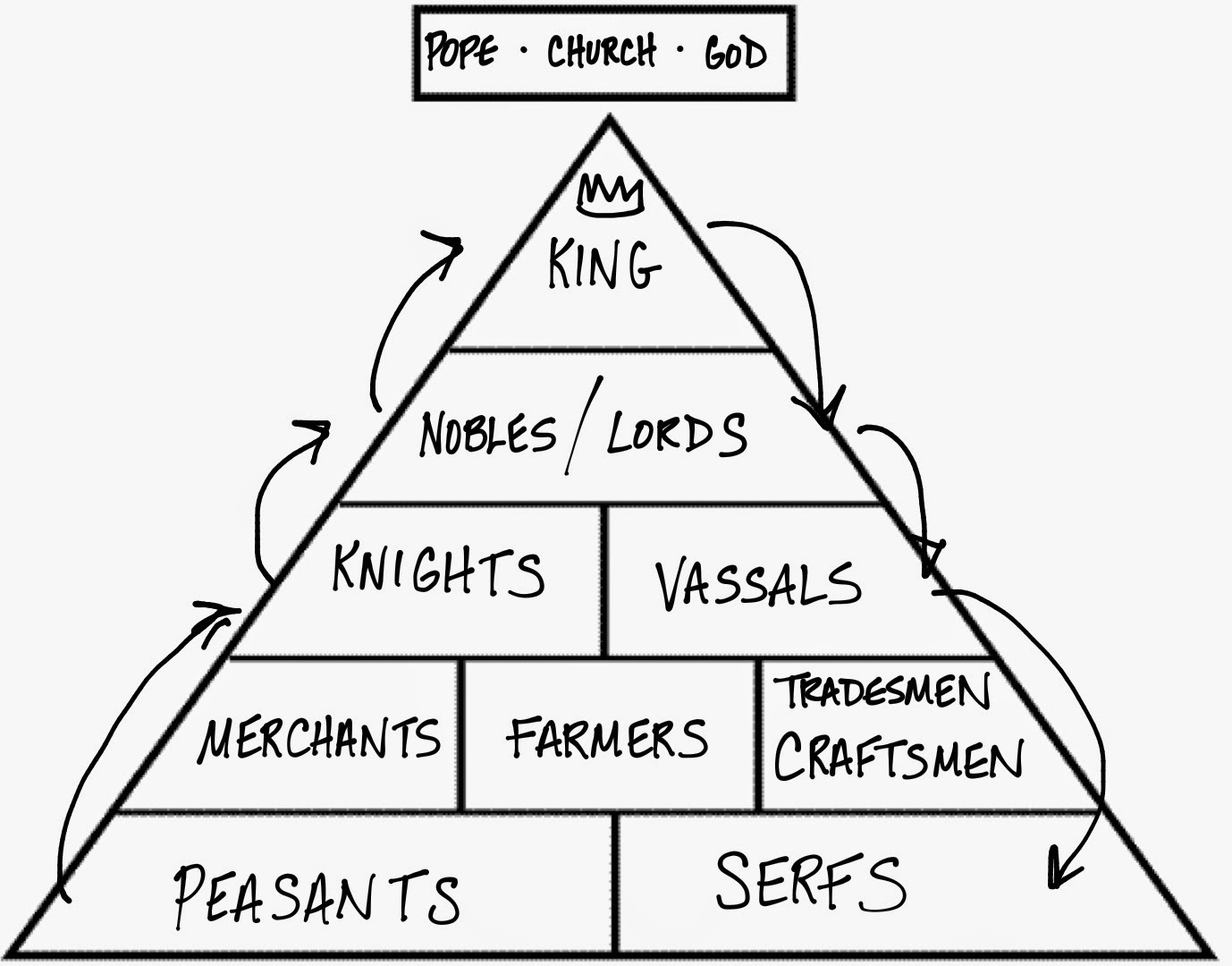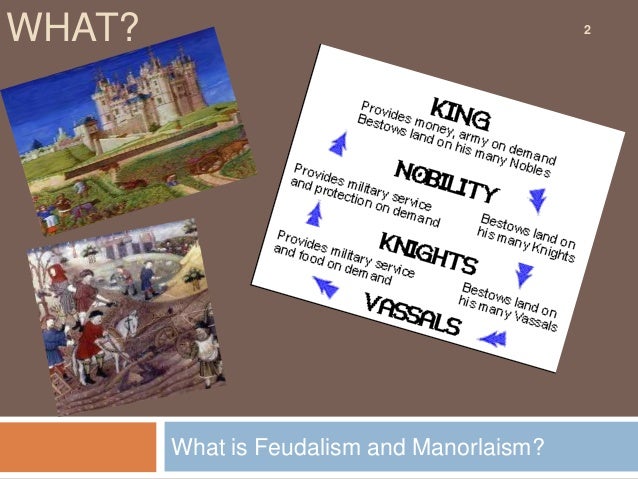

Its defining features included a large, sometimes fortified manor house in which the lord of the manor and his dependents lived and administered a rural estate, and a population of labourers who worked the surrounding land to support themselves and the lord.

Senjorio estis tuto de teroj, rajtoj kaj devoj, kies modelo devenis de la mezepoko.

Senjorio estis bieno regita nome de reĝo (feŭdo), de senjoro, kiu ne devige estis nobelo.Grundherrschaft ist ein kennzeichnender Begriff für die mittelalterliche und neuzeitliche Sozial- und Rechtsgeschichte, der erst in neuzeitlichen Quellen vorkommt. Grundherrschaft bezeichnet dabei die Verfügungsgewalt der Herren über die Bauern auf der Grundlage der Verfügung über das Land. Die herrschaftliche Organisationsform der Grundherrschaft – in Österreich und anderen Gebieten auch Erbuntertänigkeit oder Patrimonialherrschaft genannt – war eine vom Mittelalter bis zum Jahr 1848 und der Bauernbefreiung vorherrschende rechtliche, wirtschaftliche und soziale Besitzstruktur des ländlichen Raums.V obecném smyslu termín panství celkově označuje soubor soukromého (rodového) majetku, jejž tvořily reprezentační či hospodářské stavby, města, vesnice, polnosti, lesy a vodohospodářských staveb apod., včetně poddaných, hospodařících na a služebnictva.
#MANORIALISM AND FEUDALISM IN THE MIDDLE AGES PRO#
Jednalo o více či méně samostatné správní jednotky, pro které se někdy užívá také označení baronie. Panství (německy Herrschaft, latinsky dominium) je historický termín, který označuje formu vlády na konkrétním území spadajícího pod patrimoniální správu jednoho feudálního vlastníka (pána) šlechtického původu (rodu).


 0 kommentar(er)
0 kommentar(er)
